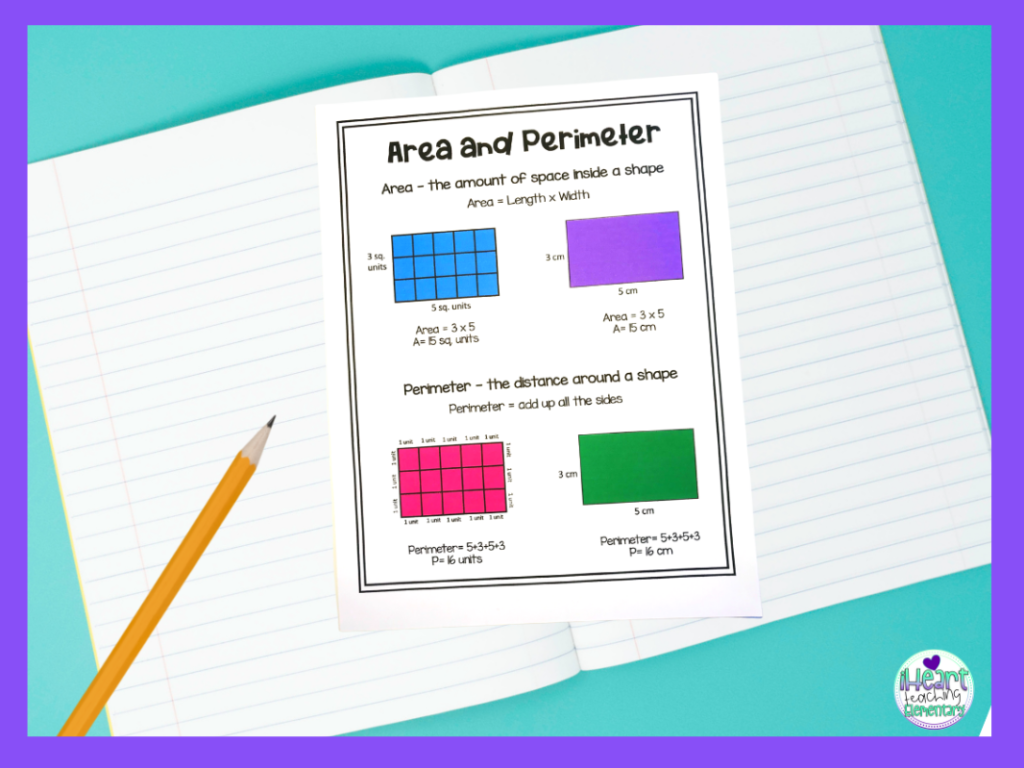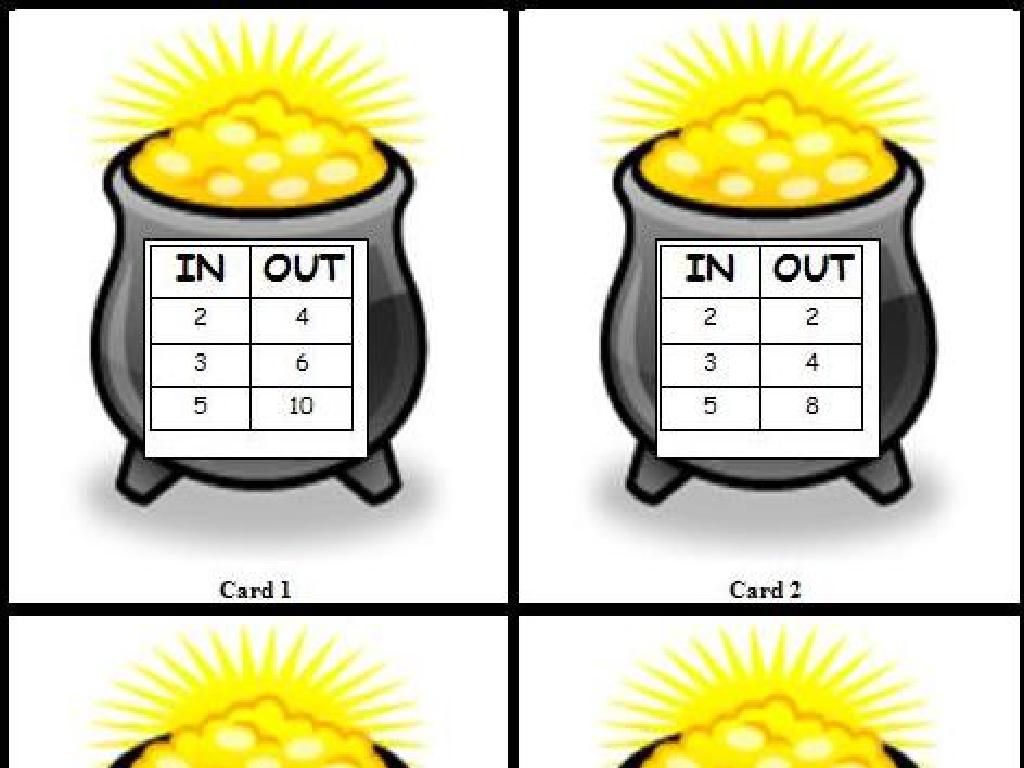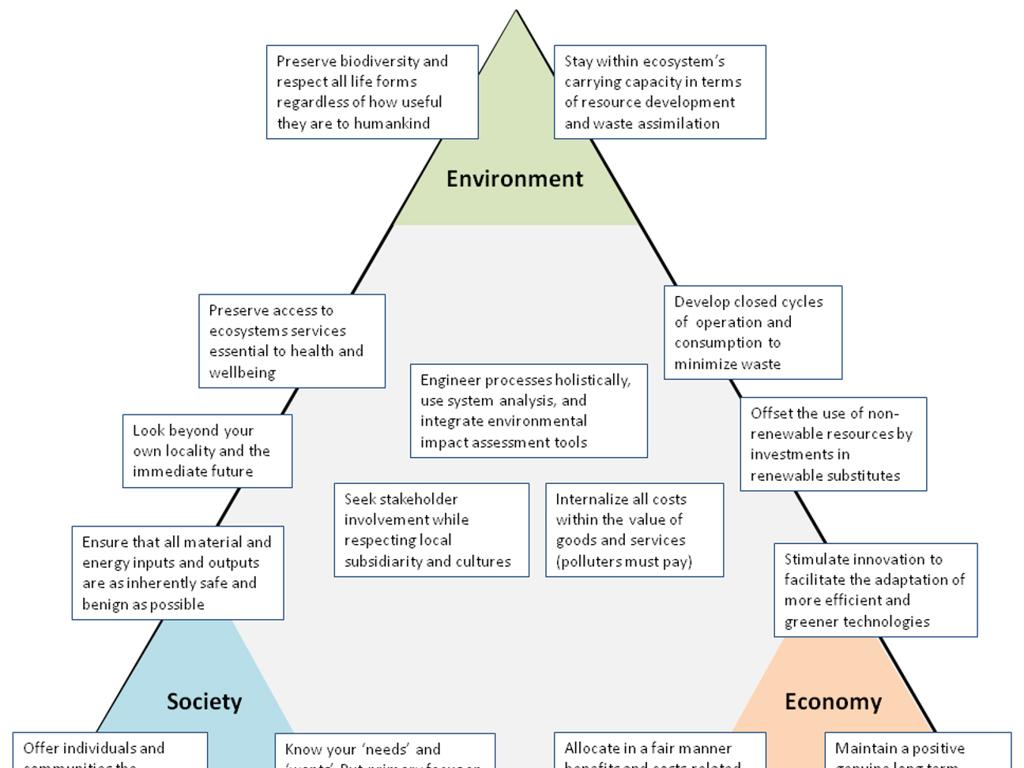Predict Heat Flow
Subject: Science
Grade: Third grade
Topic: Heat And Thermal Energy
Please LOG IN to download the presentation. Access is available to registered users only.
View More Content
Welcome to Heat and Thermal Energy!
– Today’s topic: Predicting Heat Flow
– Discuss everyday heat experiences
– Where do you feel heat? Examples: sun, warm bath
– Heat flow keeps us warm or cool
– Heat moves from warmer to cooler places
– Importance of understanding heat
– Knowing about heat flow helps us in daily life, like dressing up for weather
|
Begin the class with a warm welcome and introduce the concept of heat flow, which is a part of our daily experiences. Engage the students by asking them to share where they encounter heat in their lives, such as from the sun or in a warm bath. Explain that heat flows from warmer objects to cooler ones, and this understanding is crucial for practical reasons like staying warm during winter or keeping cool during summer. Emphasize the importance of understanding heat flow in various situations, such as choosing appropriate clothing for the weather. This will set the foundation for more detailed discussions on heat and thermal energy in subsequent lessons.
Understanding Heat Flow
– Heat is energy we can feel
– Sources of heat: Sun, fire, heaters
– The sun warms the Earth, fire cooks our food, heaters warm our homes.
– Heat moves warm to cool
– Like a cup of hot cocoa cooling down.
– Heat flow in everyday life
– Why do we wear hats in winter? To keep our body heat from escaping!
|
This slide introduces the concept of heat as a form of energy that is not just theoretical but can be felt and experienced in everyday life. Begin by defining heat and discussing various sources such as the sun, fire, and heaters, which are familiar to the students. Explain that heat naturally moves from warmer objects to cooler ones, using relatable examples like a cooling cup of hot cocoa. Emphasize practical applications of heat flow, such as wearing hats in winter to keep our body heat from escaping, to help students connect the concept to their daily lives. Encourage students to think of and share other examples of heat flow they have observed.
Understanding Heat Transfer
– Three types of heat transfer
– Conduction, convection, and radiation
– Conduction: Through solids
– Like a spoon heating up in hot soup
– Convection: In liquids and gases
– Like warm air rising from a heater
– Radiation: Heat as waves
– Like feeling the sun’s warmth on your skin
|
This slide introduces the concept of heat transfer, a key topic in understanding thermal energy. Begin by explaining that heat can move in different ways, and these are called conduction, convection, and radiation. Conduction occurs when heat passes directly through solid objects, such as when a metal spoon gets hot from sitting in a pot of warm soup. Convection happens when heat moves through fluids – this includes both liquids and gases, like when warm air rises above a heater. Radiation is when heat travels as waves and can move through empty space, such as the heat we feel from the sun. Use relatable examples to help students visualize each type of heat transfer. Encourage them to think of more examples and discuss how heat transfer affects everyday life.
Predicting Heat Flow
– Heat flows from hot to cold
– Like when you touch a warm cookie and it cools down.
– Example: thermos & ice cubes
– A thermos keeps our drink hot or cold by controlling heat flow.
– Insulation slows down heat flow
– Materials like wool or foam keep our houses warm.
– Why does insulation matter?
|
Begin by explaining the concept of heat flow, emphasizing that heat moves from warmer objects to cooler ones, similar to how a warm cookie cools down when left out. Use a thermos with ice cubes as a tangible example to show how heat flow can be controlled; the thermos keeps drinks hot or cold by not allowing heat to escape or enter. Discuss insulation, using examples like wool sweaters or foam in walls, to explain how it keeps heat from flowing too quickly, keeping our homes warm in winter. Ask students why they think insulation is important and how it helps in everyday life. This will help them understand the practical applications of heat flow and insulation.
Conductors and Insulators
– What are conductors?
– Materials that let heat flow through them easily.
– What are insulators?
– Materials that resist heat flow.
– Examples of conductors and insulators
– Conductors: metal spoon, copper wire. Insulators: wooden spoon, plastic.
– Predict: Which are which?
|
This slide introduces the concepts of conductors and insulators to third-grade students. Begin by explaining that conductors are materials that heat can move through easily, like when a metal spoon gets hot in a pot of soup. Insulators, on the other hand, do not let heat pass through them easily, which is why a wooden spoon doesn’t get hot like the metal one. Provide everyday examples of both conductors and insulators to help students relate to the material. Then, engage the class by showing various objects and asking them to predict whether each one is a conductor or an insulator. This activity will help solidify their understanding of the concepts by applying them to real-world situations.
Real-Life Heat Flow Applications
– Choosing clothes for the weather
– We wear light colors in summer to stay cool, and layers in winter to keep warm.
– Buildings designed for temperature
– Homes have insulation to keep heat in during winter and out during summer.
– Pots and pans conduct heat
– Metal pots and pans get hot quickly to cook food.
– Why materials matter for cooking
|
This slide aims to help students understand how the concept of heat flow applies to everyday life. Discuss how different materials in clothing can either trap heat to keep us warm or allow it to escape to keep us cool, depending on the weather. Explain how the design of buildings, including the use of insulation, is influenced by the need to control heat flow to maintain comfortable temperatures. Illustrate how metal pots and pans are used in cooking because they are good conductors of heat. Encourage students to think about materials in their own homes and how they might be used to manage heat. This will help them grasp the practical implications of heat flow and thermal energy.
Class Activity: Heat Flow Experiment
– Predict heat flow with ice cubes
– Gather metal and plastic spoons, paper cups
– Place ice on different spoons
– Which spoon do you think will melt the ice faster?
– Observe melting differences
– Think about how metal and plastic feel in your hand
|
This activity is designed to help students understand the concept of heat flow through a hands-on experiment. Provide each student or group with an ice cube, a metal spoon, a plastic spoon, and a paper cup. Before placing the ice cubes on the spoons, ask the students to predict which spoon will cause the ice to melt faster and why they think so. This encourages critical thinking about the properties of materials and heat transfer. After the predictions, students will place the ice cubes on the spoons and observe the rate of melting. They should record their observations and discuss the outcomes. Possible variations of the activity could include using different materials, such as wood or glass, or changing the temperature of the environment. The goal is for students to learn that different materials conduct heat differently and to relate this to everyday experiences, such as using utensils.
Conclusion: Understanding Heat Flow
– Recap on predicting heat flow
– Share your experiment learnings
– What did the temperature changes tell us?
– Think of home heat flow examples
– Where do you feel warmth at home?
– Why heat flow matters
|
As we wrap up our lesson on heat flow, let’s revisit the important points we’ve learned. Heat flows from warmer objects to cooler ones until they reach the same temperature. Ask the students to reflect on the experiment conducted and share their observations, particularly how the heat moved between objects. Encourage them to apply this knowledge by identifying examples of heat flow in their homes, such as feeling the warmth of sunlight through a window or the heat coming from a stove while cooking. Understanding heat flow helps us to appreciate how energy is transferred around us and the practical implications it has in our daily lives. This discussion will help solidify their understanding and see the relevance of heat flow in the real world.
Homework: Understanding Heat Flow
– Complete the worksheet provided
– Answer multiple-choice questions
– Choose the correct option to show your understanding
– Write short answers with examples
– Explain your thoughts and use examples from today’s lesson
– Use class activity experiences
– Reflect on our heat experiments to answer questions
|
The homework assignment is designed to reinforce the concepts learned in today’s lesson on heat flow. The worksheet includes a variety of question types to cater to different learning styles. Multiple-choice questions will assess students’ recall and understanding of key facts, while short answer questions will encourage them to articulate their understanding and apply what they’ve learned. Encourage students to draw upon examples from the class activity, such as how heat moved from a warm object to a cooler one, to support their answers. This will help solidify their grasp of the concept of heat transfer. Provide clear instructions on how to complete the worksheet and remind students to bring it to the next class for discussion.






